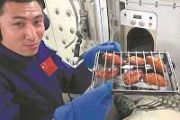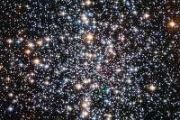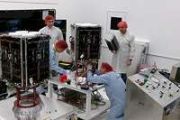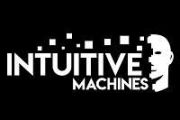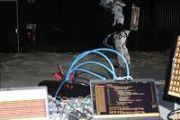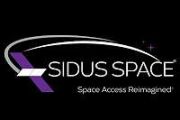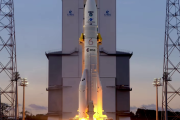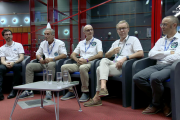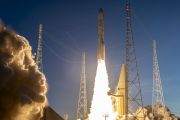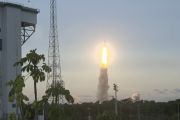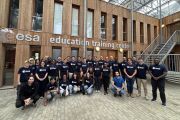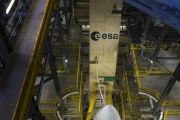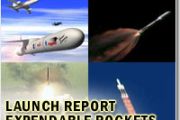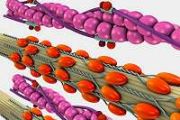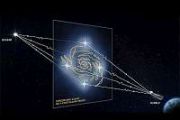
Copernical Team
World's first space junk cleaner satellite successfully picks up orbital debris
 According to the Union of Concerned Scientists' database, there are more than 3,300 functioning satellites in orbit and thousands of pieces of junk that can be traced, including discarded boosters, derelict satellites, and pieces that have fallen off of vessels.
In a major development that may ease concerns that dead satellites are being left to litter space, Japan's private firm Astroscal
According to the Union of Concerned Scientists' database, there are more than 3,300 functioning satellites in orbit and thousands of pieces of junk that can be traced, including discarded boosters, derelict satellites, and pieces that have fallen off of vessels.
In a major development that may ease concerns that dead satellites are being left to litter space, Japan's private firm Astroscal Mars mission to pause for about 50 days
 China's Tianwen 1 Mars mission will be inactivated for about 50 days from mid-September due to an expected disruption of its communications with Earth caused by solar electromagnetic radiation, the mission's chief designer said.
During the period, which will end in early November, the Zhurong rover and the mission's orbiter will suspend their working mode, Zhang Rongqiao of the China Natio
China's Tianwen 1 Mars mission will be inactivated for about 50 days from mid-September due to an expected disruption of its communications with Earth caused by solar electromagnetic radiation, the mission's chief designer said.
During the period, which will end in early November, the Zhurong rover and the mission's orbiter will suspend their working mode, Zhang Rongqiao of the China Natio AFRL extends capability for testing solid rocket motors with new equipment
 The Air Force Research Laboratory's Rocket Propulsion Division has a new capability, a Split-Hopkinson Pressure Bar system, also known as a Kolsky bar, that measures stress at high strain rates and helps analyze material behavior under severe conditions.
"This system will give AFRL a new and unprecedented capability to test and gather data from any solid propellant we can manufacture," sai
The Air Force Research Laboratory's Rocket Propulsion Division has a new capability, a Split-Hopkinson Pressure Bar system, also known as a Kolsky bar, that measures stress at high strain rates and helps analyze material behavior under severe conditions.
"This system will give AFRL a new and unprecedented capability to test and gather data from any solid propellant we can manufacture," sai Rogue Space and Firefly Aerospace sign Launch Service Agreement
 Rogue Space Systems Corporation, a U.S. company that is developing a smart spacecraft program and is planning to offer transport, and in-space services to the growing space market, and Firefly Aerospace, a leading provider of economical and dependable launch vehicles, spacecraft, and in-space services, has announced they have signed a Launch Service Agreement (LSA). The agreement confirms that R
Rogue Space Systems Corporation, a U.S. company that is developing a smart spacecraft program and is planning to offer transport, and in-space services to the growing space market, and Firefly Aerospace, a leading provider of economical and dependable launch vehicles, spacecraft, and in-space services, has announced they have signed a Launch Service Agreement (LSA). The agreement confirms that R Navy conducts test of second stage rocket motor for hypersonic missiles
 The Navy has successfully tested a second stage hypersonic rocket motor, the branch said Thursday.
Navy Strategic Systems Programs successfully conducted the initial live-fire test of the second stage Solid Rocket Motor on Wednesday, in Promontory, Utah, the Navy SSP said in a statement.
The test was done as a step toward developing a common hypersonic missile for the Army and Na
The Navy has successfully tested a second stage hypersonic rocket motor, the branch said Thursday.
Navy Strategic Systems Programs successfully conducted the initial live-fire test of the second stage Solid Rocket Motor on Wednesday, in Promontory, Utah, the Navy SSP said in a statement.
The test was done as a step toward developing a common hypersonic missile for the Army and Na GOLD's bird's-eye reveals dynamics in Earth's interface to space
Beyond Earth Releases Space Solar Power Report
 The Beyond Earth Institute (BEI) unveiled "Catching the Sun: A National Strategy for Space Solar Power," a new report on Space Solar Power (SSP) today. SSP uses solar panels in space to collect power from the Sun to serve the energy needs of the people on Earth. The full report can be downloaded here.
"It is rare when a single project can help us achieve so many goals" said Tony DeTora, Be
The Beyond Earth Institute (BEI) unveiled "Catching the Sun: A National Strategy for Space Solar Power," a new report on Space Solar Power (SSP) today. SSP uses solar panels in space to collect power from the Sun to serve the energy needs of the people on Earth. The full report can be downloaded here.
"It is rare when a single project can help us achieve so many goals" said Tony DeTora, Be ESA has no plans to develop space tourism
 Space tourism is good for space in general but the European Space Agency (ESA) is currently not planning to develop it, ESA Director General Josef Aschbacher told Sputnik.
"I think it is interesting to see that space is going into a wider domain, including space tourism. I consider this is good for the development of the space economy in general."Aschbacher said on the sidelines of the 36t
Space tourism is good for space in general but the European Space Agency (ESA) is currently not planning to develop it, ESA Director General Josef Aschbacher told Sputnik.
"I think it is interesting to see that space is going into a wider domain, including space tourism. I consider this is good for the development of the space economy in general."Aschbacher said on the sidelines of the 36t Russian cosmonauts to track air leaks with vibration sensors
 Cosmonauts will install highly sensitive vibration sensors inside Russian segments at the International Space station in the hope of finding the cause of air leaks, a designer general at the state space firm Energia told Sputnik.
Vladimir Solovyov said the "scientific research" would seek to identify "vibration nodes" to see if they coincide with welding seams. He told Sputnik earlier that
Cosmonauts will install highly sensitive vibration sensors inside Russian segments at the International Space station in the hope of finding the cause of air leaks, a designer general at the state space firm Energia told Sputnik.
Vladimir Solovyov said the "scientific research" would seek to identify "vibration nodes" to see if they coincide with welding seams. He told Sputnik earlier that Satellite data provide valuable support for IPCC climate report
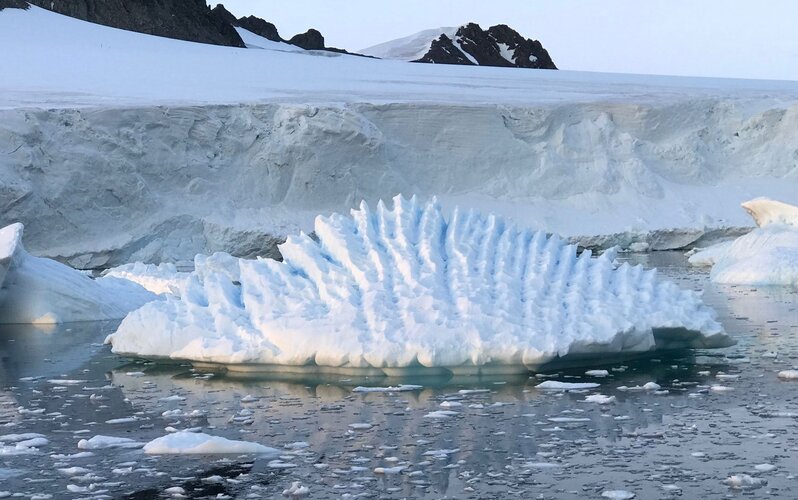
Earlier this month, the Intergovernmental Panel on Climate Change (IPCC) published its latest assessment report laying out the accumulating evidence of the climate crisis. The report identifies Earth observing satellites as a critical tool to monitor the causes and effects of climate change and directly acknowledges the contribution of ESA’s Climate Change Initiative – a research programme that draws on observations from multiple satellite missions.


